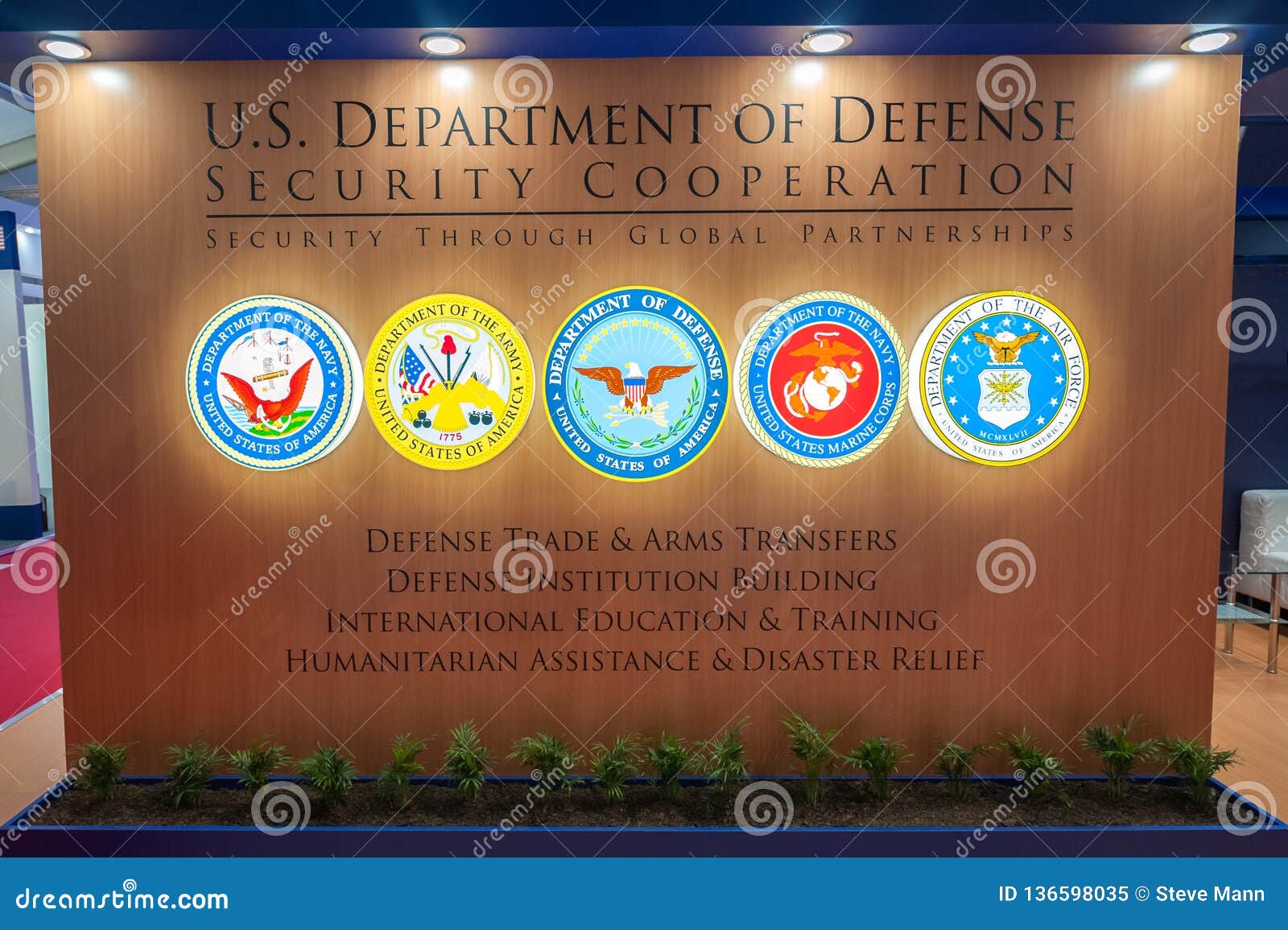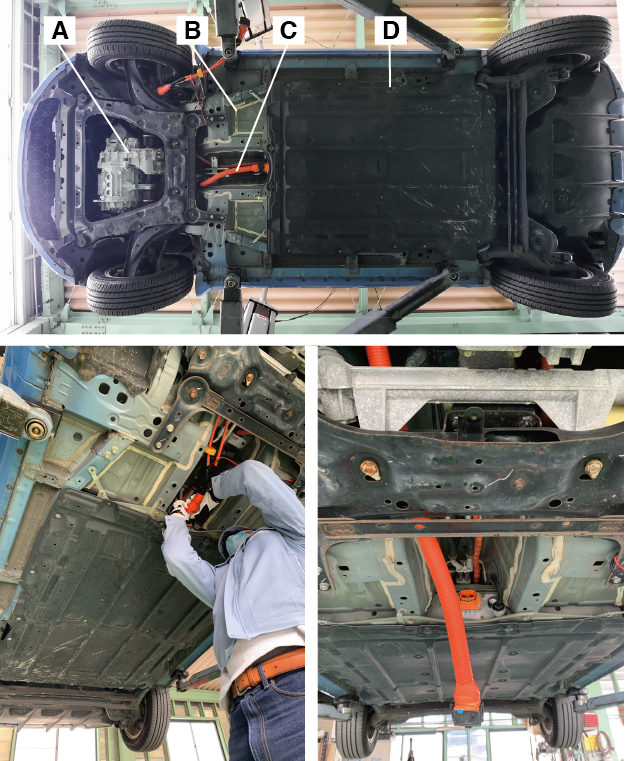Pan-Nordic Military Cooperation: Examining The Potential Of A Combined Force

Table of Contents
Strategic Advantages of a Unified Nordic Defence
A combined Pan-Nordic military force offers substantial strategic advantages, bolstering the region's collective security and international standing.
Enhanced Deterrence
A unified force significantly enhances deterrence against potential aggressors. By pooling resources, expertise, and capabilities, the Nordic nations can create a more robust and credible defense posture.
- Pooling resources: Combining personnel, equipment, intelligence, and logistical capabilities maximizes efficiency and impact.
- Improved interoperability: Standardized procedures and training ensure seamless cooperation across national borders, facilitating rapid and coordinated responses to threats.
- Greater regional stability: A strong, unified defense acts as a powerful deterrent, reducing the likelihood of aggression and fostering regional stability. A prime example would be a joint air defense system providing comprehensive coverage across the entire Nordic region.
Improved Resource Allocation
Pan-Nordic military integration offers significant economic benefits through improved resource allocation.
- Cost savings: Shared procurement of equipment, joint training exercises, and the consolidation of infrastructure dramatically reduce overall defense spending.
- Streamlined logistics: A unified supply chain enhances efficiency, reduces redundancy, and improves the timely delivery of essential resources.
- Efficient use of resources: Pooling resources allows for specialization and the development of niche capabilities, maximizing the effectiveness of overall defense spending. A joint development and purchase of cutting-edge military technology, for instance, would be far more cost-effective than individual national procurements.
Strengthened International Standing
A unified Nordic military voice carries considerably more weight in international forums and alliances.
- Greater influence in NATO: A unified approach strengthens the Nordic nations’ collective voice within NATO, enabling them to better advocate for their security interests.
- Stronger partnerships with the EU: Closer military cooperation enhances ties with the European Union, facilitating collaborative security initiatives.
- Enhanced participation in UN peacekeeping missions: A unified force can contribute more effectively to international peacekeeping operations, projecting Nordic values and promoting global security. Collective diplomatic efforts to address shared regional security threats would also be significantly more impactful.
Challenges to Pan-Nordic Military Integration
Despite the considerable advantages, several challenges hinder the path towards full Pan-Nordic military integration.
National Sovereignty Concerns
Individual nations may be hesitant to cede control over their militaries, prioritizing national sovereignty over regional cooperation.
- Balancing national interests: Finding a balance between national interests and the collective good is crucial for successful integration.
- Maintaining individual defense strategies: Each nation needs to maintain some level of autonomy in its defense planning to address specific national security concerns.
- Differing opinions: Disagreements on defense spending levels, military priorities, and operational doctrines may hinder progress. For example, differing opinions on the level of military spending or the prioritization of certain defense capabilities could create friction.
Differences in Military Doctrine and Equipment
Integrating diverse military systems and operational procedures presents significant logistical and technical challenges.
- Standardization of equipment: Harmonizing equipment across different militaries requires significant investment and planning.
- Interoperability training: Joint training exercises are essential to ensure seamless cooperation during operations.
- Harmonizing military doctrines: Aligning different national military doctrines and operational procedures can be a complex and time-consuming process. The need for a common communication system and data-sharing protocols, for example, is critical for effective cooperation.
Political Will and Public Opinion
Securing political consensus and public support is vital for driving the integration process forward.
- Public awareness campaigns: Educating the public about the benefits of Pan-Nordic military cooperation is essential for gaining widespread support.
- Parliamentary support: Securing the backing of national parliaments is crucial for legislative action and resource allocation.
- Political consensus: Reaching a political consensus among all participating nations requires careful negotiation and compromise. Addressing public concerns about increased military spending or potential risks associated with greater military integration is also paramount.
Case Studies of Successful Military Cooperation
Examining existing Nordic defense collaborations and successful regional alliances provides valuable insights.
Existing Nordic Defence Collaboration
The Nordic countries already engage in various forms of military cooperation, including joint exercises, intelligence sharing, and combined operations.
- Nordic Battlegroup: The Nordic Battlegroup demonstrates successful collaboration in rapid reaction force deployments. Data on the successful deployments and interoperability of the Nordic Battlegroup would solidify this point.
- Joint exercises: Numerous joint military exercises showcase the ability of Nordic forces to cooperate effectively.
Lessons from Other Regional Alliances
Analyzing successful regional defense alliances, such as the EU's Permanent Structured Cooperation (PESCO), offers valuable lessons.
- EU's PESCO: Examining the challenges and successes of PESCO can inform the development of a Pan-Nordic framework.
- Other regional alliances: Analyzing other successful regional defense alliances allows for a comparative analysis of best practices and potential pitfalls.
Conclusion
Pan-Nordic military cooperation presents both significant opportunities and considerable challenges. A unified force offers enhanced deterrence, improved resource allocation, and a stronger international standing. However, navigating national sovereignty concerns, harmonizing military doctrines and equipment, and securing political will and public support are crucial for success. Further research into the intricacies of Pan-Nordic military cooperation is crucial for securing a stable and secure future for the Nordic region. A deeper exploration of the potential benefits and the necessary steps for implementation is essential for navigating the evolving geopolitical landscape and ensuring the region's continued peace and prosperity.

Featured Posts
-
 Auto Dealers Double Down On Resistance To Ev Sales Requirements
Apr 22, 2025
Auto Dealers Double Down On Resistance To Ev Sales Requirements
Apr 22, 2025 -
 Stock Market Valuations Bof A Explains Why Investors Shouldnt Worry
Apr 22, 2025
Stock Market Valuations Bof A Explains Why Investors Shouldnt Worry
Apr 22, 2025 -
 Ryujinx Emulator Shut Down Following Nintendo Contact
Apr 22, 2025
Ryujinx Emulator Shut Down Following Nintendo Contact
Apr 22, 2025 -
 Hegseth Faces Backlash New Signal Chat And Pentagon Chaos Claims
Apr 22, 2025
Hegseth Faces Backlash New Signal Chat And Pentagon Chaos Claims
Apr 22, 2025 -
 T Mobile To Pay 16 Million For Data Security Violations
Apr 22, 2025
T Mobile To Pay 16 Million For Data Security Violations
Apr 22, 2025
